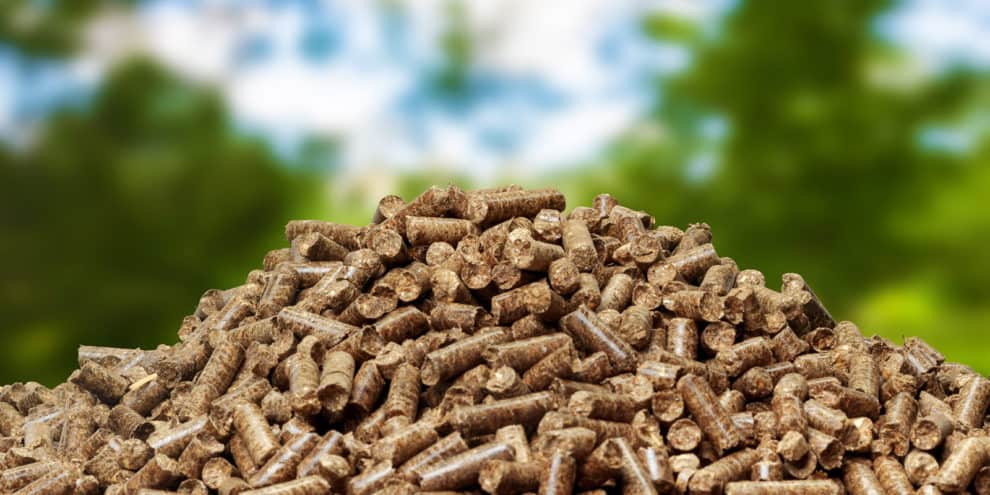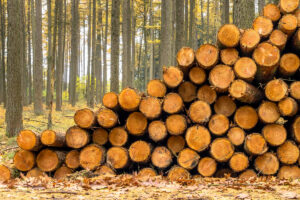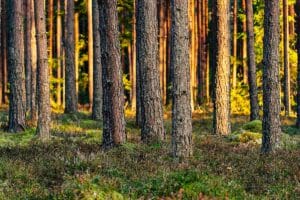In the forest industry, where capital investments and forest management plans span decades, we benefit by understanding wood markets and technologies as they actually function. This helps clarify risks and provide context for emerging wood demand from new applications and end markets. Over the past decade, we developed a point of view for understanding emerging markets based on tracking the wood bioenergy sector.
Four Lessons
The tight margins and global markets for wood pellets distinguish it from other forest products. In North America, over 90% of lumber, OSB and plywood production get consumed in the U.S. and Canada, while three out of four pellets (76%) get exported. Here are four lessons from our bottom-up research into wood bioenergy relevant to evaluating risk and to providing context for capital investment decisions. [Note: The Q1 2019 Forisk Strategy Note includes the full discussion of these lessons.]
- Have a simple screening and ranking process to separate speculative projects from viable investments. This approach applies to assessing “at-risk” mills and the suitability of wood baskets for timber investment and capacity expansions.
- Connect wood markets to end markets to assess strategic advantage. The simple math of “distance to mill” or “distance to customer” along with gross margins and the ability-to-pay for wood provide a framework for strategic analysis. Simply understanding how far firms must ship their products relative to each other illuminates basic competitiveness.
- Understand what drives capacity changes and consolidation to leverage and track the compounding benefits of technology and scale in the forest products industry across regions in North America.
- Communicate with context to provide the best possible guidance to your teams and clients, while also role-modeling what we expect from others. We must be “on guard” and disciplined as consumers and disseminators of analysis.
Without a structured approach to ordering the world, the world will impose its views on us. The fact is some things are more important than others, some things are easily verifiable, and some things depend on others. We have “nice to have” and “need to have.” There are “necessary” conditions and “sufficient” conditions. Simple processes help us sort the mess and prioritize.
This content may not be used or reproduced in any manner whatsoever, in part or in whole, without written permission of LANDTHINK. Use of this content without permission is a violation of federal copyright law. The articles, posts, comments, opinions and information provided by LANDTHINK are for informational and research purposes only and DOES NOT substitute or coincide with the advice of an attorney, accountant, real estate broker or any other licensed real estate professional. LANDTHINK strongly advises visitors and readers to seek their own professional guidance and advice related to buying, investing in or selling real estate.










Add Comment